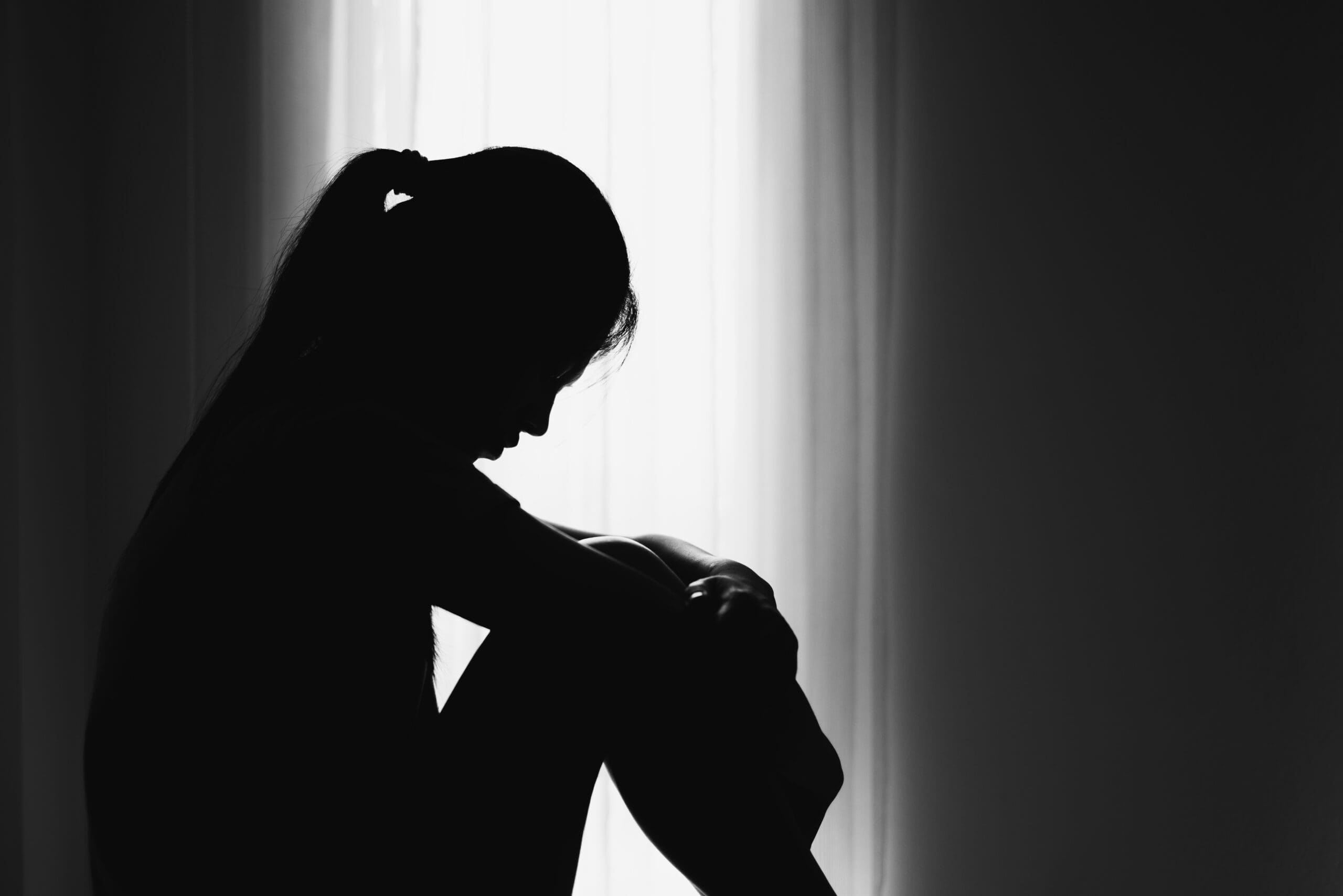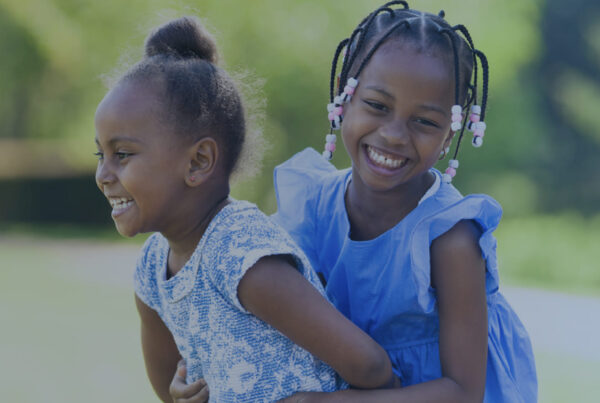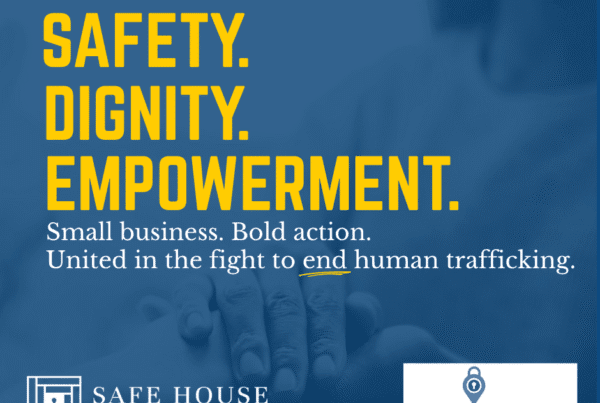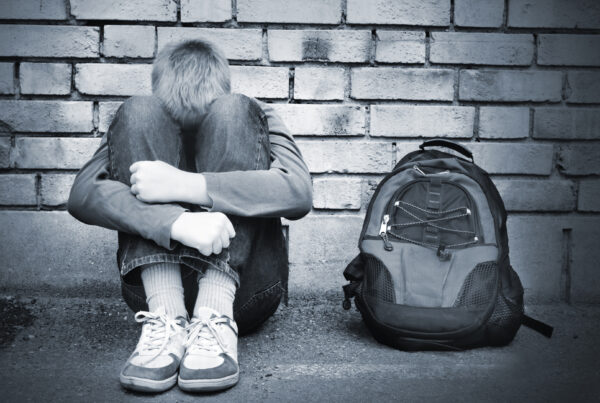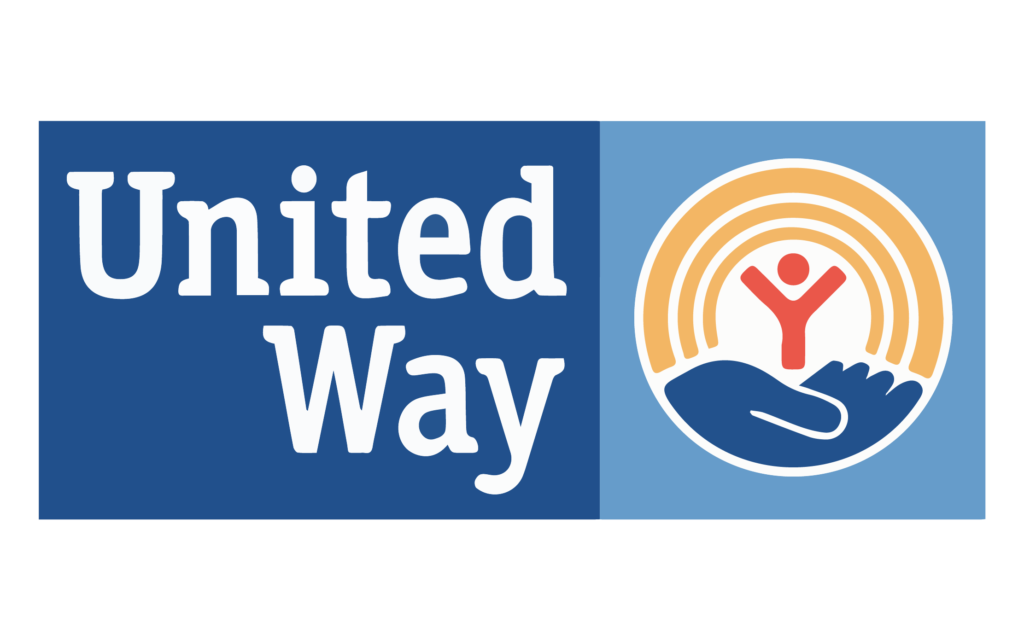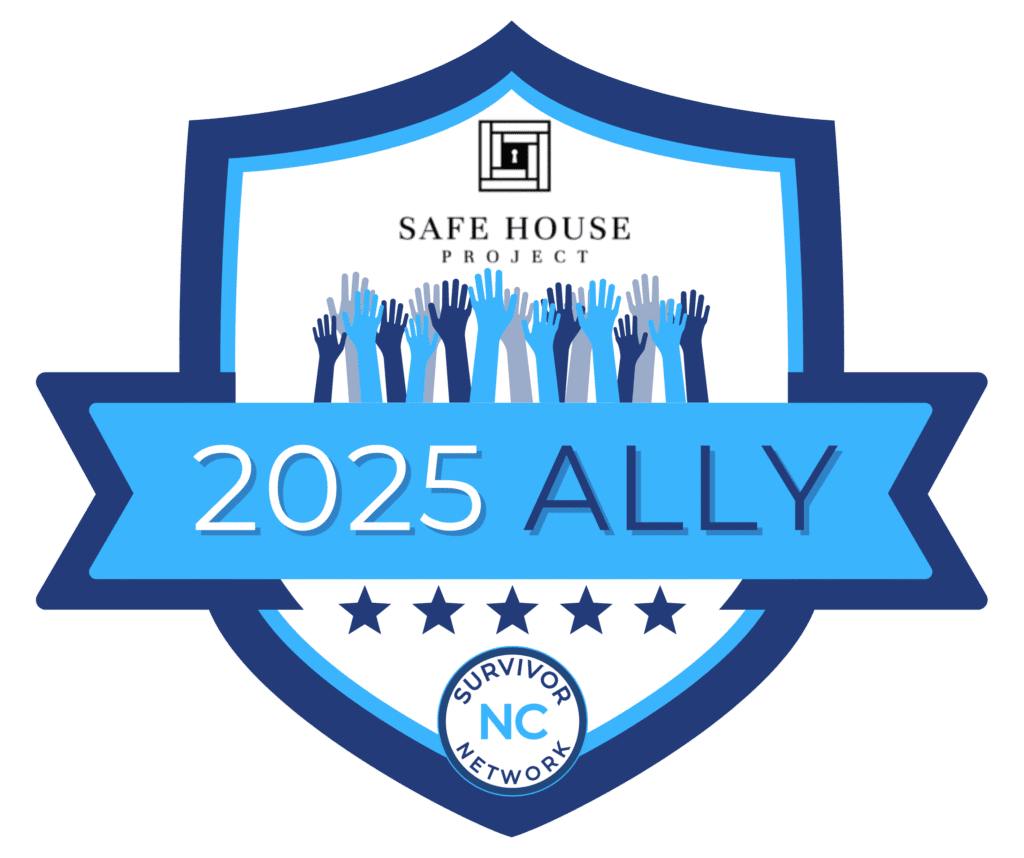“That doesn’t happen here.”
It’s the sentence we hear the most.
The disbelief is always familiar. The nervous laugh, the quick head shake, the hopeful glance toward anything else.
Because the truth is harder to swallow: Human trafficking is not a foreign problem. It’s an American one.
It doesn’t require a border crossing. It doesn’t look like a white van in the parking lot.
It often looks like a child sold by someone they trust.
It looks like a teenager still showing up to school. A child still sleeping in their own bed.
Every year, an estimated 300,000 children are trafficked right here in the United States. And 40% of them?
They’re sold by a family member.
The Real Face of Trafficking in the U.S.
Human trafficking in America doesn’t match the movie scenes.
It rarely involves chains. It rarely involves strangers. It almost never involves movement across state lines.
In fact, movement isn’t even required for a case to qualify as trafficking.
According to the U.S. legal definition, what matters is exploitation, not location.
So what does trafficking really look like here?
- A 13-year-old girl being sold by her grandmother to cover rent
- A boy trafficked by his coach, youth leader, or even a parent
- A young woman manipulated online, promised a job, then threatened into sex work
- Victims of every race, gender, zip code, and faith background — from suburbs to small towns to cities
And yet, the myth persists:
“That happens over there.”
“That happens to other people.”
In a recent national data study, only 0.3% of Non-Gen Z respondents mentioned human trafficking as a top issue, ranking it 27th overall.
The issue isn’t just hidden. It’s misunderstood.
If We Want to End It, We Have to See It
When we keep trafficking at a distance, we keep survivors in the dark.
When we say, “That could never happen here,” we close the door to identifying the 99% of victims who remain unseen.
Yes — 99% of children trafficked in the U.S. are never identified.
We cannot fight what we refuse to see.
But once we name it, once we acknowledge that trafficking is happening in our neighborhoods, our schools, our churches, our families — something shifts.
- We start to notice the signs.
- We start asking better questions.
- We start funding real solutions — like safe housing, survivor-led programs, and prevention education.
And perhaps most importantly, we start telling the truth.
Here’s What to Do Next
You don’t need to have all the answers. You just need to start with action:
- Learn what trafficking actually looks like. Take our free OnWatch™ training — it’s survivor-informed and only takes an hour.
- Support survivor placement. Your donation helps us place victims into safe housing and comprehensive care.
- Sign the petition. Help us hold lawmakers accountable and advocate for stronger policies that protect children now.
Every child deserves safety. Every survivor deserves a future.
And every one of us has a role to play in making that possible.
The lie says trafficking is a foreign issue. The truth is it’s happening here.
And truth is where the work begins.
The Disconnect Between Headlines and Reality
Major news stories rarely show the day-to-day ways trafficking is sustained in U.S. communities.
You might hear about international rings. You might hear about sting operations. What you don’t hear about: the 15-year-old in rural Alabama being exploited after school. The 12-year-old in Northern Virginia quietly controlled by a family member. The system that misses them entirely.
This disconnect creates a dangerous effect: people wait to act until the problem looks cinematic.
But most trafficking cases don’t make the news — they unfold slowly, invisibly, and locally. If we’re only watching for drama, we’ll miss the people living it.
Survivors Are Already Speaking. Are We Listening?
Survivors know exactly what needs to change. They’ve told us — in surveys, in interviews, in legislation. They’ve said that shame, silence, and ignorance are barriers. That well-meaning people often say the wrong thing, or worse, nothing at all.
They don’t need pity. They need policy.
They don’t need saviors. They need systems that protect, fund, and follow through.
One survivor said it best:
“You gave me the greatest gift already. You gave me hope.”
We can’t give that hope if we’re still clinging to myths.
This Work Doesn’t Belong to Someone Else
It’s easy to believe this is someone else’s fight. Someone more experienced. More trained. More connected. But trafficking doesn’t wait for experts. It takes advantage of ordinary gaps in attention, compassion, and knowledge.
The places where we live, work, worship, and raise our kids — these are the places where prevention begins.
And we don’t need to have a background in law enforcement or social work to make a difference.
- A coach who sees the signs
- A teacher who believes the story
- A parent who starts a conversation
- A donor who funds another safe night
Trafficking exists in the cracks. So does the solution.
Safe House Project
At Safe House Project, we’re building a future where child trafficking ends with identification, intervention, and long-term care, not just escape.
Since 2017, we’ve empowered over 300,000 people to identify trafficking, supported the placement of hundreds of survivors into safe homes, and helped launch 479 beds across the U.S.
You don’t have to do everything. You just have to do something.
Join the fight. Donate, train, advocate, and help us end trafficking for good.


